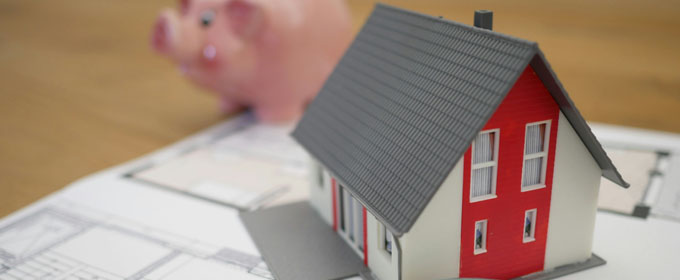Budgeting to Buy a House in Arizona
No matter how good the credit rating, today’s homebuyer no longer has the luxury of buying with little or zero down. Unless you are low-income with good credit, or a veteran, no-down loans are also a thing of the past.
Photo by Tierra Mallorca on Unsplash
Most lenders today want at least 20 percent of the loan amount as a down payment on a house. For a home priced between $168,300 and $287,500, a homebuyer would need to come up with between $33,660 and $57,500 just for a down payment. Then, there are closing costs to consider. These vary by state, but figure you’ll pay over $2,000 on a $200,000 loan.
Saving up this money takes time and careful planning. The best way to start is by coming up with a budget that is realistic enough for you to stick with and by using other tips to help you get ahead financially.
The Budget
The only thing more challenging than setting up the budget is sticking with it over the long run. Using personal finance software will help you set it up, but only self-discipline and the desire for a new house will motivate you to stick with it.
First, you need to determine your total income from all sources. The second step is to list all the money that goes out every month, beginning with your fixed expenses. These include anything that has a fixed payment due every month, including:
- Rent or mortgage (if you have a fixed rate)
- Car payment
- Insurance
- Child support and alimony
- Installment loan payments
Next, list your variable expenses. These may be a little more difficult to track, so you may want to document them over the course of a week or two on a chart such as the spreadsheet offered for free by a Canadian credit counseling service. Common variable expenses include:
- Utilities
- Telephone
- Cable or satellite TV
Anything you purchase on a daily basis (morning coffee, etc.).
Amy Fontinelle, writing at Investopedia, suggests that you track and update your budget daily so that nothing falls through the cracks.
Make Changes
Once you’ve used the budget for a month or two you’ll be able to see where your money goes every week. This snapshot shows you where it’s being wasted and, thus, where to make cuts. Any items cut from the budget mean more money to set aside for your house.
Some of these cutbacks might include bringing a lunch from home rather than hitting the café every day, riding your bike to work instead of driving or taking a cab, and using coupons to save money.
Make More Money
Cutting your budget expenditures and paying down debt aren’t the only ways to move more quickly down the road toward homeownership. Finding ways to bring in more money gives your plan a turbo boost.
If you can take on overtime hours at work, do it. Consider holding a garage sale or selling unused items online. Sock away that extra cash for your down payment.
Savings
If you’re like a lot of us, you may be tempted to use the money you’re saving for something else that comes along. To avoid the temptation, put it in an online savings account that makes it difficult to withdraw. If you have to wait a few days for the money, you may think twice about withdrawing it.
As you build your savings, avoid the urge to add to your debt. There will be plenty of time after you buy the house to buy furniture, a car or whatever else you might be thinking of purchasing. Keep that house you want top-of-mind to motivate yourself to stay out of debt and continue saving.
Swee Ng, Realtor and Phoenix East Valley resident specializing in win-win real estate transaction through great communication and fighting for his clients’ best interest. After all, this is more than real estates, this is about your life and your dreams.
If you are looking to buy or sell your home in Phoenix AZ and surrounding area, we hope you will consider us. Contact us today for complimentary consultation.
New Listing in Last 24 hour Phoenix AZ
Search and View Your Dream Home
Receive email alert as soon as a property matching your criteria hits the market. Be one of the first to see new listings. Simply type in everything you want in a house and save your search here to be notified.
